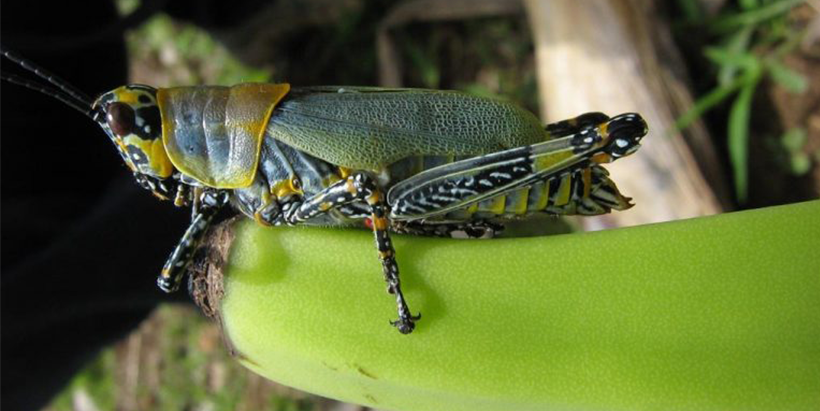- 이 주제는 비어 있습니다.
- 글쓴이글
- 4월 4, 2025 5:52 오후 #620886

Plantain (Musa paradisiaca) is a staple food crop in many tropical regions, providing essential carbohydrates and contributing significantly to food security.
However, plantain production is often hampered by various pests and diseases that can drastically reduce both yield and fruit quality.
Improving plantain yield and quality through integrated pest and disease management (IPM) offers a sustainable and effective approach to mitigating these challenges. This article will explore key components of an IPM strategy for plantain cultivation.
1. Emphasizing Preventative Cultural Practices
A cornerstone of improving plantain yield and quality through integrated pest and disease management lies in the implementation of sound cultural practices that prevent or minimize pest and disease incidence. This includes selecting healthy, disease-free planting materials, ensuring proper field sanitation by removing infected plant debris, and maintaining optimal plant spacing to promote air circulation and reduce humidity.
Crop rotation, where feasible, can also help break pest and disease cycles. Strong, healthy plants are naturally more resilient to pest and disease attacks.
2. Implementing Regular Monitoring and Early Detection
Effective improving plantain yield and quality through integrated pest and disease management relies on regular monitoring of plantain fields for early signs of pest infestations or disease symptoms. Early detection allows for timely intervention, preventing pest populations or diseases from reaching damaging levels.
Farmers should be trained to identify common plantain pests and diseases and to regularly scout their fields. The use of traps and visual inspections can aid in early detection efforts, allowing for targeted and less intensive control measures.
3. Utilizing Biological Control Methods
Improving plantain yield and quality through integrated pest and disease management encourages the use of biological control methods, which involve utilizing natural enemies of plantain pests. This can include introducing beneficial insects, predatory mites, or parasitic wasps that prey on or parasitize plantain pests.
Promoting natural biological control by creating a favorable habitat for beneficial organisms through practices like intercropping with certain plant species can also be effective. Biological control offers a more environmentally friendly and sustainable approach to pest management compared to relying solely on chemical pesticides.
4. Employing Host Plant Resistance
Another crucial component of improving plantain yield and quality through integrated pest and disease management is the use of plantain varieties that exhibit resistance or tolerance to key pests and diseases prevalent in a particular region.
Research and breeding programs play a vital role in developing and disseminating such resistant varieties. Encouraging farmers to adopt these varieties can significantly reduce the need for other pest and disease control measures, contributing to more sustainable production systems and improved yields.
5. Implementing Judicious and Targeted Chemical Control
While IPM prioritizes non-chemical methods, judicious and targeted use of chemical pesticides may be necessary in certain situations to prevent significant crop losses. However, in improving plantain yield and quality through integrated pest and disease management, chemical control should be considered as a last resort and applied strategically based on pest and disease thresholds and accurate identification of the problem.
Selecting pesticides that are less harmful to beneficial organisms and the environment, and applying them at the right time and in the right manner, is crucial to minimize negative impacts.
Achieving sustainable increases in plantain yield and quality necessitates a shift towards improving plantain yield and quality through integrated pest and disease management.
By emphasizing preventative cultural practices, implementing regular monitoring, utilizing biological control, employing host plant resistance, and resorting to judicious chemical control when necessary, plantain farmers can effectively manage pests and diseases, leading to healthier plants, higher yields, and improved fruit quality, ultimately contributing to enhanced food security and economic well-being.
Read Also: The Various Products you can make from Plantain and Banana
- 글쓴이글
- 답변은 로그인 후 가능합니다.

